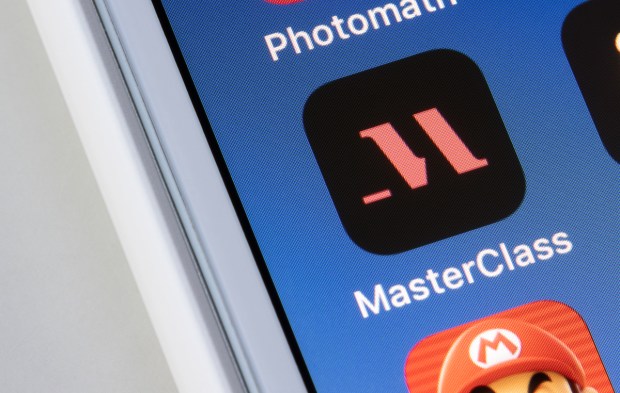MasterClass and Other Major Streaming Services Get Schooled in Post-Pandemic Pricing

As inflation drags on, consumers are showing a strong attachment to their streaming services, but even beloved sources of online entertainment and learning aren’t immune to affordability calculus, as developments in the first quarter prove.
The latest service to feel the post-pandemic pinch and reconfigure its pricing and plans is MasterClass, a celebrity-studded eLearning platform where subscribers can take a four-hour cooking class with Chef Gordon Ramsey, a two-hour class on building a startup with Reddit Co-founder Alexis Ohanian, or top-up their team’s expertise with the MasterClass at Work series.
After a stellar run throughout lockdowns, MasterClass entered a period of belt-tightening in 2022 and has now lowered the price of individual annual subscriptions to $10 per month billed annually at $120 — a cut of about one-third from its pandemic-era price of $180 per year.
“People are nervous about macroeconomics, and there’s a lot more uncertainty around it,” MasterClass founder and CEO David Rogier said, according to a Fast Company report Tuesday (May 30). “We wanted to meet them where they were, and we wanted to drop our prices. My mission is: I want to make it possible for anyone in the world to learn from the best. And [by doing this] that means more people can.”
This approach is echoing through streaming circles in 2023. Netflix reduced subscription prices between 20% to 45% in more than 30 international markets in the first quarter, although not in its bread-and-butter markets, including the U.S., Europe and Asia. However, even in mainstream markets, consumers are looking twice at Netflix’s $19.99 per month premium price. Right behind is YouTube TV Premium at $17.99 per month for three months, then $22.99 per month after.
Even as Netflix begins enforcing restrictions on account-sharing, its ad-supported tiers have drawn more members willing to endure commercials, as have ad-supported tiers of Disney, which also owns Hulu, NBC’s Peacock, Paramount+, and Max (formerly HBO Max).
Subscriptions Are Valued but Nonessential
The study “The Subscription Commerce Readiness Report,” a PYMNTS and sticky.io collaboration, focused on retail subscriptions, but the same dynamics are at work in retail as in streaming. Per that survey of over 2,240 consumers, “Cost was the most common driver for cancellations, with 56% of consumers canceling a subscription in the previous 12 months for this reason.”
The 2022 year-end study “The Subscription Commerce Conversion Index: Subscribers Seek Affordability and Convenience,” another PYMNTS and sticky.io collaboration, it was clear that streaming is the most popular form of subscription service. However, as that study stated: “53% of consumers paying for a streaming subscription and 48% of those paying for a membership would cancel the service if unable to pay other essential bills. The key determinant of what constitutes a valuable subscription is often tied to its ability to fulfill its original purpose as consumers consider their options.”
 As The Wall Street Journal reported in mid-April: “For two straight quarters, cancellations have outpaced new subscriptions for digital memberships, food-of-the-month clubs and a host of other purchases, according to personal finance app Rocket Money. Streaming services have been particularly impacted, with cancellations for Netflix, Hulu and HBO Max, and others up 49% in 2022 from the previous year, according to subscriber-measurement firm Antenna.”
As The Wall Street Journal reported in mid-April: “For two straight quarters, cancellations have outpaced new subscriptions for digital memberships, food-of-the-month clubs and a host of other purchases, according to personal finance app Rocket Money. Streaming services have been particularly impacted, with cancellations for Netflix, Hulu and HBO Max, and others up 49% in 2022 from the previous year, according to subscriber-measurement firm Antenna.”
Where this ends up will depend on the macroeconomic realities of the second half of 2023, which don’t look especially promising, at least for the stacked assortment of premium streaming services millions of consumers amassed during the pandemic era.

